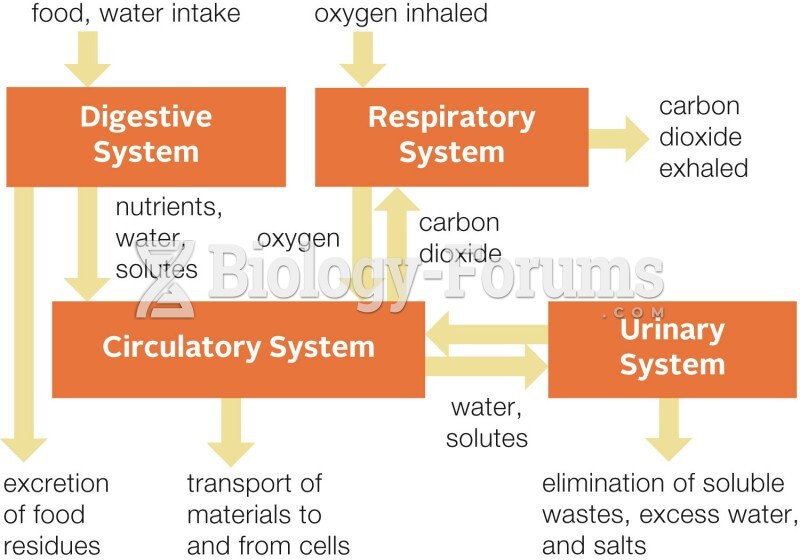|
|
|
Children of people with alcoholism are more inclined to drink alcohol or use hard drugs. In fact, they are 400 times more likely to use hard drugs than those who do not have a family history of alcohol addiction.
Bacteria have flourished on the earth for over three billion years. They were the first life forms on the planet.
Atropine was named after the Greek goddess Atropos, the oldest and ugliest of the three sisters known as the Fates, who controlled the destiny of men.
Acetaminophen (Tylenol) in overdose can seriously damage the liver. It should never be taken by people who use alcohol heavily; it can result in severe liver damage and even a condition requiring a liver transplant.
Of the estimated 2 million heroin users in the United States, 600,000–800,000 are considered hardcore addicts. Heroin addiction is considered to be one of the hardest addictions to recover from.
 C. Wright Mills (1916-1962) was a controversial figure in sociology because of his analysis of the ...
C. Wright Mills (1916-1962) was a controversial figure in sociology because of his analysis of the ...
 A fuel system tester connected in series in the fuel system so all of the fuel used flows through ...
A fuel system tester connected in series in the fuel system so all of the fuel used flows through ...





